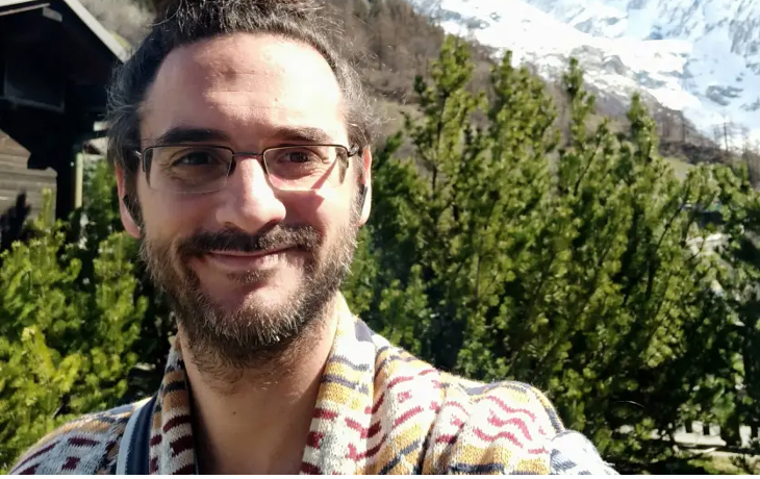Information quantique : Weizmann (Israël) réussit à arracher un unique photon à une impulsion de lumière

[:fr]Des chercheurs de l’Institut Weizmann des Sciences (Israël) ont réussi à ‘arracher’ un unique photon (une particule de lumière) à une impulsion de lumière. Les résultats de cette recherche ont une importance à la fois théorique et pratique : en effet, la lumière est actuellement à la base des systèmes de communication, et les photons isolés seront probablement les piliers des systèmes de communication quantique de l’avenir. De plus, selon les chercheurs, les méthodes qu’ils ont mises au point encourageront de nouvelles recherches sur la nature corpusculaire de la lumière.
Le Dr Barak Dayan, qui dirige le groupe d’optique quantique de l’Institut Weizmann, explique : « Lorsque nous serons passés à la communication quantique, l’information devra être codée en photons. Chaque photon représentera un unique qubit, c’est-à-dire un bit quantique qui peut exister dans plus d’un état à la fois (par exemple une combinaison égale de 1 et 0). »
Le Dr Dayan et son groupe de recherche sous la direction du Dr Serge Rosenblum et d’Orel Bechler ont mis en place une méthode pour extraire d’un flux, sur demande, un unique photon de manière contrôlée. Le système repose sur un effet physique qu’ils appellent ‘interaction Raman de photon unique’, ou encore SPRINT, qui est basé sur un atome unique, ou sur un système imitant un atome. Selon le docteur Dayan, l’avantage de SPRINT est qu’il est complètement passif, il ne demande pas de champ de contrôle, mais seulement une interaction entre l’atome et une impulsion optique. Dans une recherche antérieure, lui-même et son groupe ont utilisé SPRINT comme commutateur de photons uniques pour les expédier le long de différentes voies, et ils ont ainsi réussi à transformer le commutateur en routeur photonique. Dans ce travail, l’atome devient une sorte de piège plutôt qu’un commutateur, arrachant un photon du flux, puis retournant à l’état précédent. Le docteur Dayan explique : « Il n’était pas évident qu’on puisse avoir un mécanisme qui continue à fonctionner même dans des flux élevés de photons, ni qu’on réussisse à en sortir exactement un photon unique. »
L’existence des photons avait été suggérée par Albert Einstein en 1905, mais la plupart de leurs propriétés viennent seulement d’être expliquées. Le Dr Dayan estime que sa nouvelle méthode va permettre d’étendre la possibilité de les étudier et de les contrôler en tant de particules individuelles.
Lire la suite dans Israël Science Info N°18 (magazine papier)
Publication in Nature Photonics, 23 nov. 2105
[:en]
[:]






